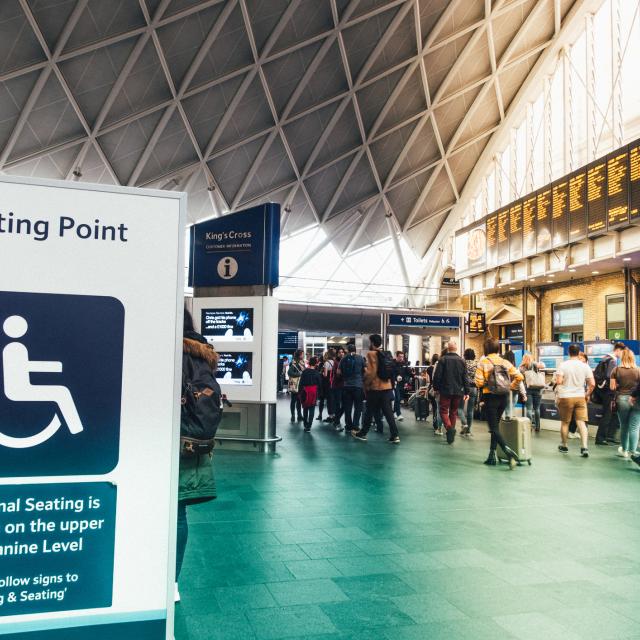Evidence review exploring how car ownership is changing in the UK


The Government’s ambitions for inclusive transport are to ensure disabled people have the same access to transport as everyone else and for them to travel confidently, easily and without extra cost.
Between 2020 and 2024, the Department for Transport (DfT) commissioned NatCen to evaluate the ITS to explore whether and how the strategy is achieving its goals.
The evaluation of the ITS ran from 2020 to 2024 and involved extensive mixed-method fieldwork to assess the extent to which the programme had achieved its objectives.
The findings were informed by:



 Press release
Press release
Receive a regular update, sent directly to your inbox, with a summary of our current events, research, blogs and comment.
Subscribe